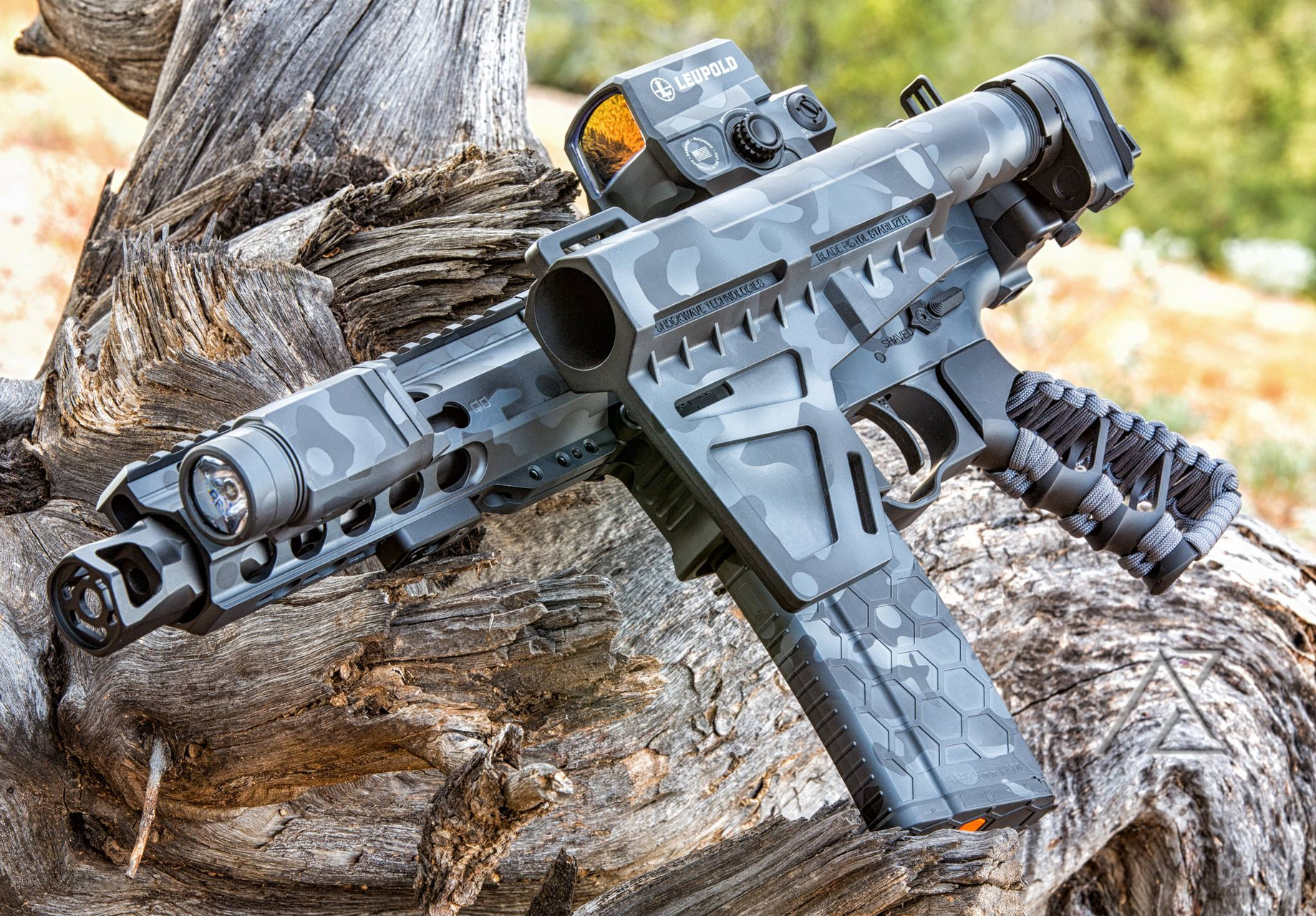How To Choose: Anodized vs. Cerakote
When choosing from our collection of 80 percent lowers we have raw, anodized and cerakoted receivers for you to consider. Assuming you don’t want a raw lower receiver or to rattle can it yourself then you’re left with a decision to be made: do you pick an anodized or a cerakoted lower? Today, we’ll be going over the differences between these two types of coatings and their pros/cons.
Anodized Type Finishes
Your first question might be, “okay wait, there are multiple types?” Yes, Type I is known as chromic acid anodize. Although it’s the thinnest coat of the three types it still provides corrosion protection comparable to thicker anodized types. It’s often used for aerospace, precision machined, and welded components. The coating thickness ranges from .00002” to .0001”.
Type II is known as sulfuric acid anodize, which is the most common method for anodizing because of its cost effectiveness. It’s used in the same industries as Type 1 but is much more versatile in colors possible to finish in. The coating thickness ranges from .0001” to .001” thick.
Finally, we have Type III which is known as “hardcoat” and is what we use on our 6065-T6 aerospace-grade aluminum billets. The hardcoat is also referred to as MIL-A-8625 because it’s the same finish that most of our armed forces use in their military weapons, equipment, and hardware. As a finish, the Type III is fantastic for its hardness and resistance to corrosion or wear. The coating’s thickness is usually around .002”.
Cerakote
Cerakote is a thin-film of liquid ceramic coating that provides an extremely hard finish.To provide super tight tolerances, cerakoted objects are subjected to extreme heat to properly apply the coating. This is important because with firearm parts, tolerances must be tight to ensure reliable, consistent performance and fitment. The coating’s thickness is usually around .001”.
How They Match Up
If we just look at a cost comparison, anodized lower receivers are going to be cheaper and a great option for those on a budget because it really does everything you need. With most dings and scratches, they can be buffed off with just some Remington Oil and a rag (gun cleaning patches are better). Type III hardcoats are cost efficient and widely used by all the best brands in the industry such as Aero Precision or Daniel Defense. Likewise, you can definitely feel confident buying any of our 80 percent lower receivers.
Cerakote has become increasingly popular over the past few years. It’s certainly the superior coating as it provides a smoother and tougher finish compared to our anodized lowers. It’s going to cost a little bit more but some people choose cerakote finishes because it offers the highest degree of combined performance and parts’ fitment (that’s how smooth it is). When tested against anodized parts for corrosion performance, durability, endurance, heat resistance, and lubricity, cerakoting dominated in all categories.
Between anodized and cerakoted lowers there is no wrong choice, you’re winning either way. It’s just going to come down to what works for your build’s budget more. For those who want the best 5D has to offer we highly recommend getting on our email list (scroll to bottom of the page) so you can be updated whenever these hot ticket items are in stock because they often sell out just days after being restocked. Haven’t bought an 80 percent lower receiver yet? Check out our billet collection here.
{ "@context": "https://schema.org", "@type": "FAQPage", "mainEntity": [{ "@type": "Question", "name": "What are the advantages of anodized lower receivers, and why are Type III hardcoats a popular choice among top brands?", "acceptedAnswer": { "@type": "Answer", "text": "Anodized lower receivers are going to be cheaper and a great option for those on a budget because it really does everything you need. With most dings and scratches, they can be buffed off with just some Remington Oil and a rag (gun cleaning patches are better). Type III hardcoats are cost efficient and widely used by all the best brands in the industry such as Aero Precision or Daniel Defense." } },{ "@type": "Question", "name": "Why has Cerakote become increasingly popular for firearm coatings, and what are its advantages over anodized lowers?", "acceptedAnswer": { "@type": "Answer", "text": "Cerakote has become increasingly popular over the past few years. It’s certainly the superior coating as it provides a smoother and tougher finish compared to our anodized lowers. It’s going to cost a little bit more but some people choose cerakote finishes because it offers the highest degree of combined performance and parts’ fitment." } },{ "@type": "Question", "name": "What is Type III hardcoat, and why is it used on 6065-T6 aerospace-grade aluminum billets?", "acceptedAnswer": { "@type": "Answer", "text": "Type III which is known as “hardcoat” and is what we use on our 6065-T6 aerospace-grade aluminum billets. The hardcoat is also referred to as MIL-A-8625 because it’s the same finish that most of our armed forces use in their military weapons, equipment, and hardware. As a finish, the Type III is fantastic for its hardness and resistance to corrosion or wear. The coating’s thickness is usually around .002”." } }] }





